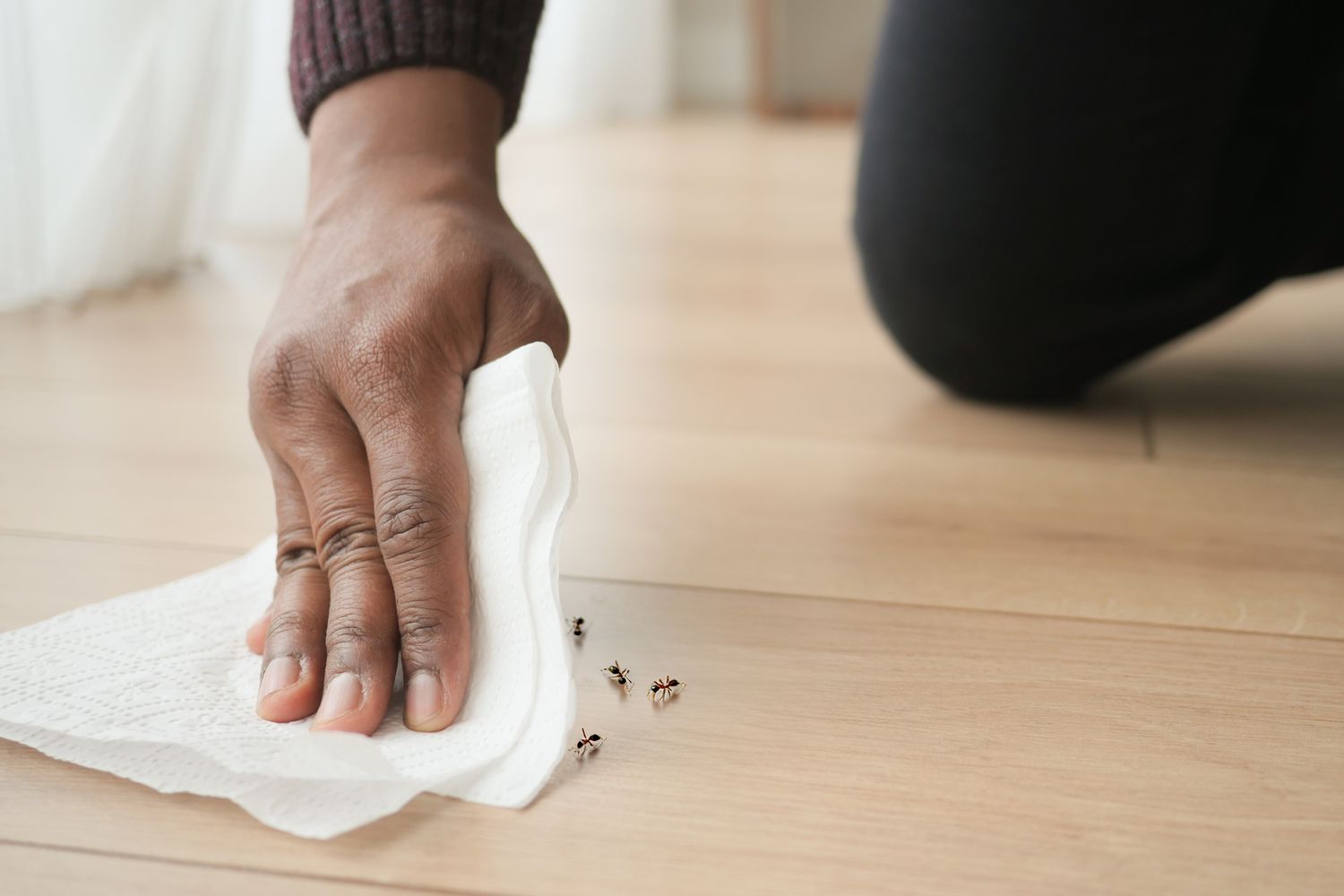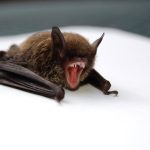
Spotting a trail of ants in your kitchen can be frustrating. The natural reaction for many Iowa homeowners is to squash them on sight. It may seem like a quick fix, but does it help? Surprisingly, squashing ants may not solve the problem. In some cases, it can make the infestation worse. That is why homeowners must understand how ants work as a colony and recognize the importance of pest control near me. This can help them avoid common mistakes and choose smarter ways to get rid of them.
Ants Don’t Work Alone
Ants operate as part of a highly organized colony. Each ant has a job. Some scout for food. Others follow trails to carry it back. A queen stays hidden, laying eggs to keep the colony growing. So, when you squash an ant, you may only kill one of hundreds or thousands that live nearby. Killing a few visible ants doesn’t get rid of the source of the problem. Unless the colony is eliminated, more ants will continue to appear.
Squashed Ants May Leave Scent Trails
Ants communicate through chemicals called pheromones. These scents help them follow trails to food, alert others to danger, and organize their movements. When you squash an ant, you might break open its body and release alarm pheromones. These alarm signals can do two things:
- Attract more ants. Nearby ants may come to investigate what happened, bringing more ants into the area.
- Cause colony panic. In some cases, the colony may respond by sending out more worker ants to protect the area or find a new path.
Disturbing the Trail Can Backfire
Ants leave a scent trail for others to follow when they find a reliable food source. If you squash a few ants along this trail without cleaning up properly, the chemical path often remains. Thus, new ants can follow the same trail back to your kitchen or pantry. It is important to clean the entire area with vinegar or soapy water after removing ants. These cleaning agents can help erase the pheromone trail and make it harder for other ants to follow the same path.
Squashing Doesn’t Stop the Queen
No matter how many ants you squash, the real cause of the infestation is the queen ant hidden inside the nest. As long as she is alive and reproducing, the colony will continue to grow. In fact, many ant colonies in Iowa have multiple queens. Some split and form new colonies when threatened. This process is called budding.
If you disturb the colony without destroying it, you might end up with more colonies and more ants. That is why professional help is often needed when ant problems persist or spread to different parts of the house.
When Should You Worry About an Infestation?
Seeing a few ants indoors might be a serious issue. But you must take action when ants keep showing up in the same areas or appear in large numbers. Some signs of a growing infestation include trails of ants, ants entering through tiny openings, and ants around food or trash areas. Also, small piles of dirt or sand near baseboards or entry points indicate ant activity. Different types of ants require different treatments. In Iowa, common home-invading ants include pavement ants, odorous house ants, and carpenter ants. Knowing the type helps in choosing the right method of control.
When to Call the Experts
If ants keep coming back despite your best efforts, it may be time to contact a pest control expert. Reliable Pest Solutions serves homes throughout Iowa with safe and reliable ant control services. They can find and eliminate the root of the problem.
Reliable Pest Solutions offers customized treatment plans for your home. They can help identify the species of ants, locate the nest, and treat the colony directly. They also provide helpful advice on preventing future infestations.







